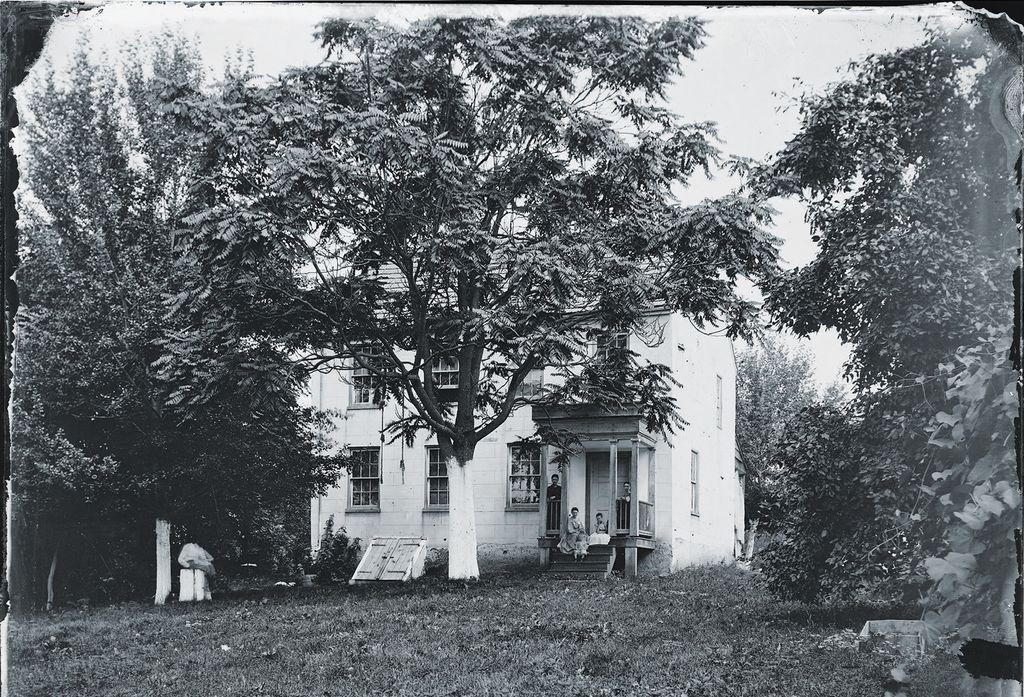CORNFIELD MAELSTROM

SEPTEMBER 1, 1862, dawned bright and clear on David and Margaret Miller’s farm north of quiet Sharpsburg, Md. Stepping from their two-story whitewashed home, David—known as D.R.—could see his barn and haystacks west across the Hagerstown Pike, running north from town and bisecting his property, while just east was the family’s garden and orchard. Bounded by three woodlots—known now as the North, East, and West Woods—Miller’s three well-tended fields east of the road reflected the farm’s prosperity. The northernmost, abutting the North Woods, had been recently plowed while another field to the south contained fallow grass. Farther south stood a 24-acre field awaiting harvest, thick with ripe corn. Miller had no way of knowing that within two weeks, his cornfield would become one of the most dangerous places on earth.
Of the many actions aligning to make that so was the decision by Confederate General Robert E. Lee to move his Army of Northern Virginia into Maryland after his late-August victory at the Second Battle of Manassas. Lee sold his move north to President Jefferson Davis as a way to enable Maryland to join the Confederacy. Also, winning a battle on Northern soil might persuade Britain and France to openly support Southern independence, break the Union naval blockade, and perhaps more. Lee’s men began crossing the Potomac River on September 4 and reached Frederick the following day. The general quickly scattered his forces across western Maryland preparing his next move.
ANTIETAM’S OPENING FIGHT TURNED A FIELD OF CROPS INTO A SCENE OF SLAUGHTER
Union Maj. Gen. George McClellan, meanwhile, reorganized his army to better chase Lee, creating three “wing commands” and unifying his cavalry into a single division while also streamlining army logistics from top to bottom. The unexpected acquisition of Lee’s campaign plan—the famous “Lost Orders”—handed McClellan another critical advantage.


His campaign compromised, Lee moved west from Frederick to buy time and gain maneuvering room. Fighting at South Mountain on September 14 failed to stop McClellan’s relentless advance, and Lee concluded that returning to Virginia was his only option and ordered his army to gather at Sharpsburg. Word that Maj. Gen. Thomas J. “Stonewall” Jackson had secured the
You’re reading a preview, subscribe to read more.
Start your free 30 days





